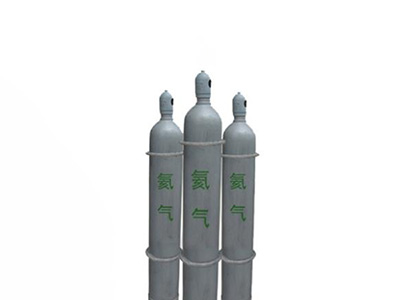High Purity Helium
When the temperature drops to 2.18K, the properties of liquid helium will change suddenly, the viscosity is very small, and it becomes a super fluid that can flow upwards along the wall of the container. The thermal conductivity is 800 times that of copper. It becomes a thermal conductor with excellent thermal conductivity. Its specific heat capacity, surface tension, and compressibility are all abnormal. This abnormal liquid is called liquid helium II, and the normal liquid helium is called liquid helium I.
When the temperature drops to 2.18K, the properties of liquid helium will change suddenly, the viscosity is very small, and it becomes a super fluid that can flow upwards along the wall of the container. The thermal conductivity is 800 times that of copper. It becomes a thermal conductor with excellent thermal conductivity. Its specific heat capacity, surface tension, and compressibility are all abnormal. This abnormal liquid is called liquid helium II, and the normal liquid helium is called liquid helium I.When the temperature drops to 2.174K after liquefaction, it has the special properties of low surface tension, strong thermal conductivity, and extremely low viscosity. Using liquid helium can get low temperatures close to absolute zero.
The chemical function is stable, and it appears dark yellow when performing low-voltage discharge. Generally, no compound is formed, and it can form He2+, HeH plasma and molecules when excited in a low-pressure discharge tube. Under normal conditions, it is difficult to react with other substances. Under certain conditions, it can form compounds with certain metals.
At room temperature, helium is an extremely light, colorless, odorless, and tasteless monoatomic gas. It is the most difficult to liquefy of all gases, and it is the substance that cannot be solidified under standard atmospheric pressure.



